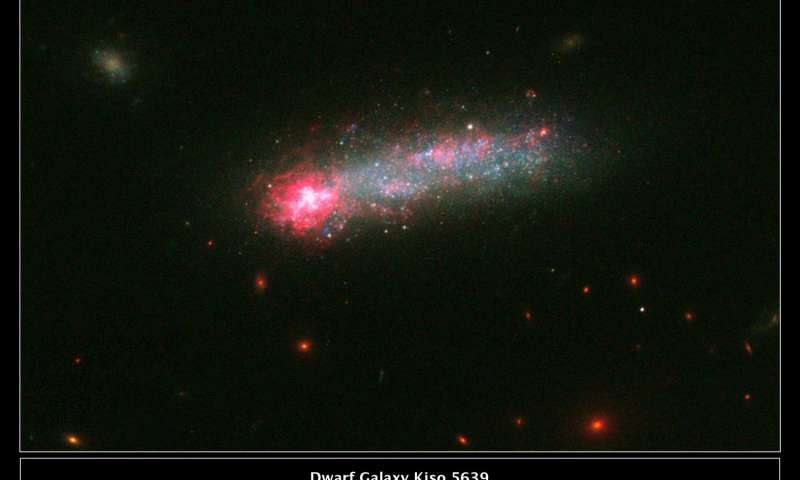At http://phys.org/print386311403.html … we have a new kind of 'clandestine' black hole. Basically, what has been detected is a source of radio noise
At http://phys.org/print386434403.html … a new method to identify black holes – but involves simulation
At http://phys.org/print386339772.html … Hubble detects stellar fireworks
 while at http://phys.org/print386319971.html … a rotating ring of complex organic molecules discovered in association with a new born star – and such material can vary from one star to another
while at http://phys.org/print386319971.html … a rotating ring of complex organic molecules discovered in association with a new born star – and such material can vary from one star to another
At http://phys.org/print386349007.html … if you haven't heard about Paul Allen's giant plane here is the story. It is designed to carry rockets into space which can then be launced into outer space
At http://phys.org/print386323367.html … a Dutch instrument will be onboard the Chinese Chang'e4 satellite that will be placed to orbit behind the moon in 2018. The idea is to measure radio waves from stars and galaxies. Radio astronomers study the universe by using radio waves, light or energy coming from the stars and planets/ It is hoped that radio waves currently blocked by our atmosphere will be detected on the far side of the moon.
Finally, at http://phys.org/print386319935.html … pieces of opal discovered in a meteorite. Opal is made from silica (the major component of sand) and it also has 30 per cent water content. It has not been detected on any asteroid as yet but has been found in two meteorites that have reached a laboratory. This is thought to suport the idea that asteroids and comets brought water to the early Earth.
